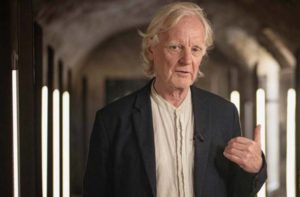
After 63 sold out shows in the U.S. and Canada in 2017, we are excited to announce further shows for 2018
New Dates Added 24/10/17 !!
January 24th – Spark Arena, Auckland, New Zealand
January 26th – Spark Arena, Auckland, New Zealand
January 30th – Forsyth Barr Stadium, Dunedin, New Zealand
February 2nd – Qudos Bank Arena, Sydney Olympic Park, Nsw, Australia
February 3rd – Qudos Bank Arena, Sydney Olympic Park, Nsw, Australia
February 6th – Brisbane Entertainment Centre, Boondall, Qld, Australia
February 7th – Brisbane Entertainment Centre, Boondall, Qld, Australia
February 10th – Rod Laver Arena, Melbourne, Vic, Australia
February 11th – Rod Laver Arena, Melbourne, Vic, Australia
February 16th – Adelaine Entertainment Centre, Hindmarsh, Sa, Australia
February 20th – Perth Arena, Perth, Wa, Australia
April 13th – Palau Sant Jordi, Barcelona, Spain
April 14th – Palau Sant Jordi, Barcelona, Spain
April 17th – Mediolandum Forum Di Assago, Milan, Italy
April 18th – Mediolanum Forum Di Assago, Milan, Italy
April 21st – Unipol Arena, Bologna, Italy
April 22nd – Unipol Arena, Bologna, Italy
April 24th – Unipol Arena, Bologna, Italy
April 25th – Unipol Arena, Bologna, Italy
April 27th – O2 Arena, Prague, Czech Republic
May 2nd – Papp Laszlo Budapest Sportarena, Budapest, Hungary
May 4th – Arena Armeec, Sofia, Bulgaria
May 6th – Arena Zagreb, Zagreb, Croatia
May 11th – Sportpaleis, Antwerp, Belgium
May 14th – Barclaycard Arena, Hamburg, Germany
May 16th – Stadhalle, Vienna, Austria
May 20th – Meo Arena, Lisbon, Portugal
May 24th – Wizink Center, Madrid, Spain
May 25th – Wizink Center, Madrid, Spain
May 28th – Hallenstadion, Zurich, Switzerland
June 2nd – Mercedes-Benz Arena, Berlin, Germany
June 4th – Sap Arena, Mannheim, Germany
June 11th – Lanxess Arena, Cologne, Germany
June 13th – Olympiahalle, Munich, Germany
June 18th – Ziggo Dome, Amsterdam, The Netherlands
June 19th – Ziggo Dome, Amsterdam, The Netherlands
June 22nd – Ziggo Dome, Amsterdam, The Netherlands
June 26th – 3Arena, Dublin, Ireland
June 29th – SSE Hydro, Glasgow, Scotland
June 30th – SSE Hydro, Glasgow, Scotland
July 2nd – Echo Arena, Liverpool, England
July 3rd – Manchester Arena, Manchester, England
July 6th – Hyde Park, London, England (Special 1 Date Barclays Festival Show)
July 7th – Birmingham Arena, Birmingham, England
June 8th – U Arena De Nanterre, La Defense, Paris
June 9th – U Arena De Nanterre, La Defense, Paris
August 3rd – Tauron Arena Krakow, Krakow, Poland
August 5th – Ergo Arena, Gdansk, Poland
August 7th – Jyske Bank Boxen, Herning, Denmark
August 10th – Royal Arena, Copenhagen, Denmark
August 11th – Royal Arena, Copenhagen, Denmark
August 14th – Telenor Arena, Oslo, Norway
August 15th – Telenor Arena, Oslo, Norway
August 18th – Friends Arena, Stockholm, Sweden
August 21st – Hartwell Arena, Helsinki, Finland
August 24th – Arena Riga, Riga, Latvia
August 26th – Zalgaria Arena, Kanuas, Lithuania
August 29th – Skk Arena, St Petersburg, Russia
August 31st – Olympiski, Moscow, Russia
Our 2018 Tour Zone will be open for business very shortly !!

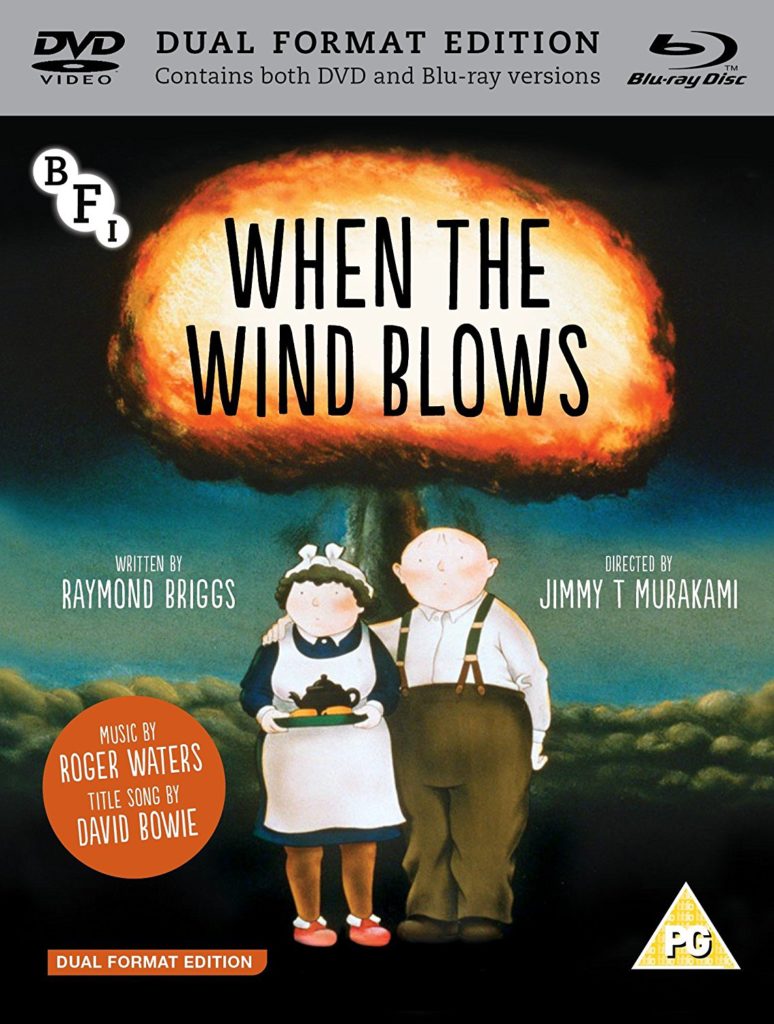 On January 22nd, 2018
On January 22nd, 2018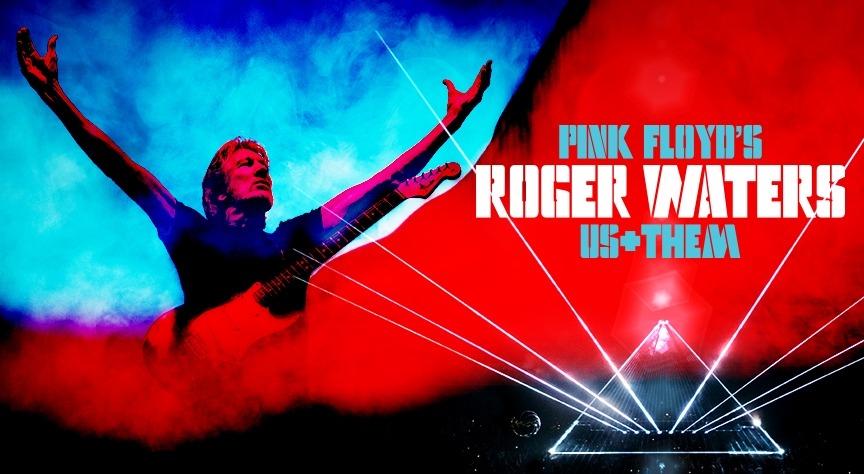
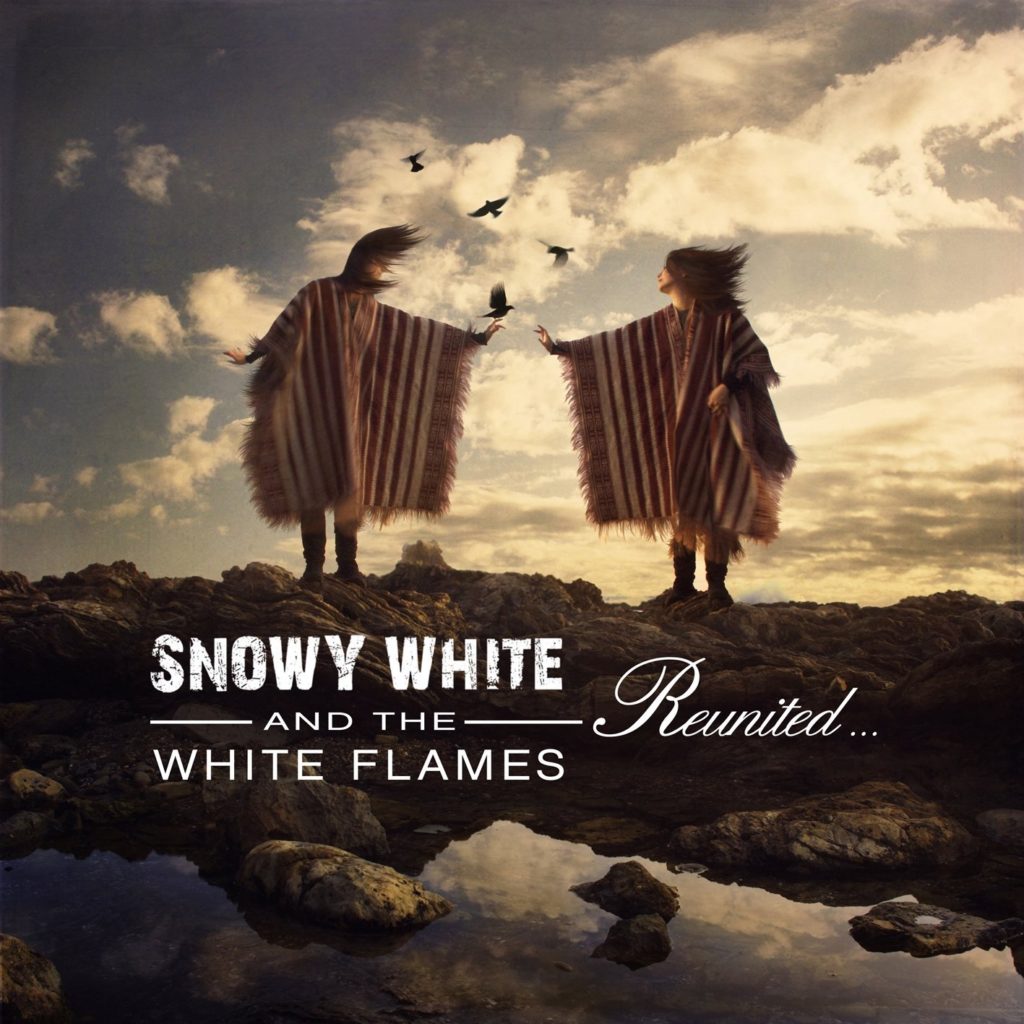
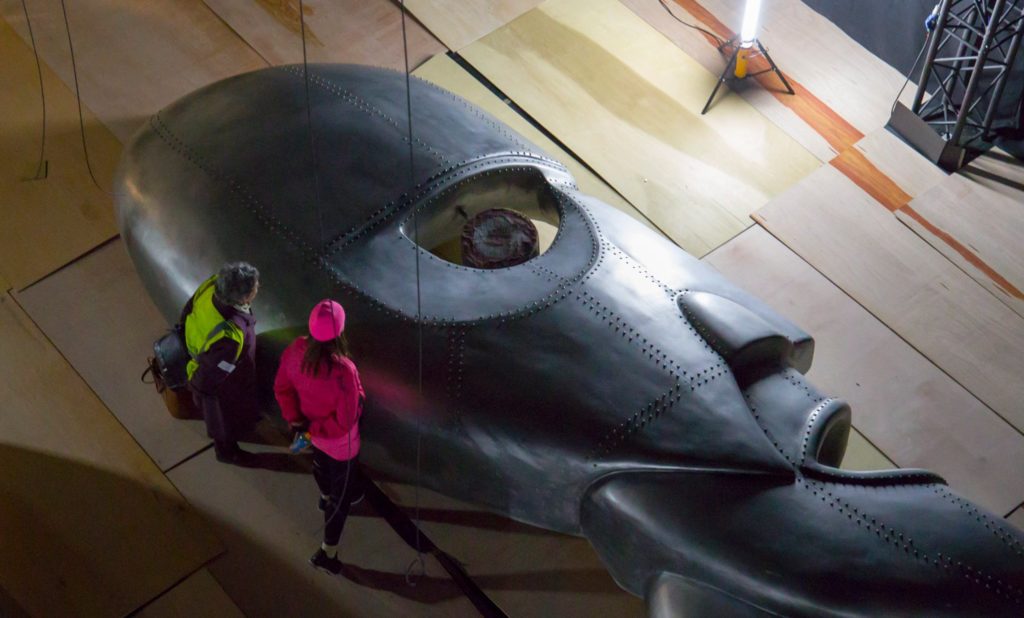 According to the exhibitions social media page they are taking
According to the exhibitions social media page they are taking 